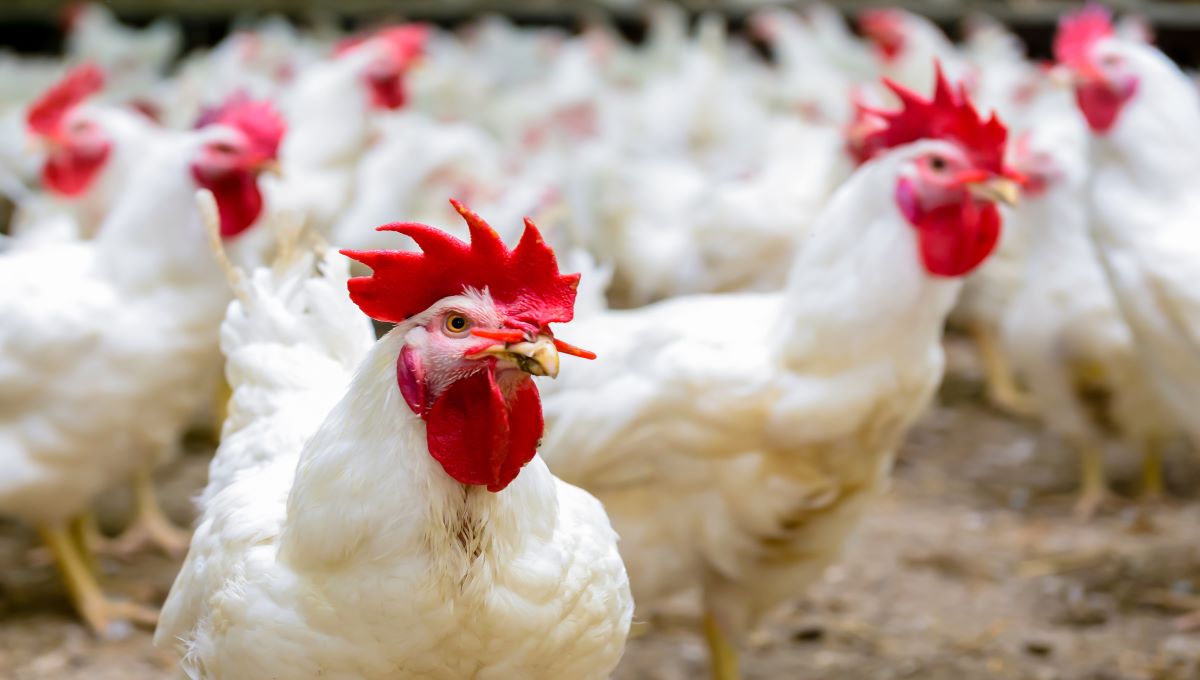Commercial poultry flocks in the United States have mostly escaped highly pathogenic avian influenza during the past month.
And a world snapshot for the period from May 19 through June 8 by the World Animal Health Information System of the World Organisation for Animal Health also shows Commercial poultry flocks in the United States have mostly escaped highly pathogenic avian influenza during the past month (HPAI) tapering off.
USDA’s Animal and Plant Health Inspection Service last confirmed HPAI in a commercial poultry flock on June 1. Infections touched a number of backyard flocks during July.
A total of 384 flocks in 36 states have been struck in 2022 by the bird flu. A total of 186 commercial poultry flocks and 198 backyard flocks were infected.
While the Animal and Plant Health Inspection Service remains “very concerned” about the virus remaining in wild bird flyways during the summer with the risk of migrating birds bringing it back into the country this fall, it does see a break in the hectic action.
The 2022 HPAI outbreak season has not been as large as the 2024-15 season when the virus took over 50 million commercial and backyard birds.
APHIS reportedly has learned that prioritizing poultry for quick depopulation may be necessary with enhanced surveillance and program testing.
The World Organisation for Animal Health (WOAH) finds the avian flu virus has the lowest spread in September, begins to rise in October, and peaks in February. WOAH tracked 18,620 poultry outbreaks in 76 affected countries between 2005 and 2019.
During the recent three-week period, five countries reported a total of 26 new poultry outbreaks in Hungary, Iraq, Slovakia, the United Kingdom and the United States
According to WOAH, the disease is caused by influenza A viruses in the family Orthomyxoviridae. It reports that because its identification in the People’s Republic of China in 1996, there have been multiple waves of intercontinental transmission of the H5Nx Gs/GD lineage virus.
The virus has resulted in the death and mass slaughter of more than 316 million poultry worldwide between 2005 and 2021, with peaks in 2021, 2020, and 2016. In 2006, 2016, 2017, and 2021, more than 50 countries and territories were affected by HPAI.
In addition, up to now, humans have occasionally been infected with subtypes H5N1, with about 850 cases reported, of which half died; H7N9 with approximately 1,500 cases reported, of which about 600 died; H5N6 with about 75 cases reported, of which about 30 died; H9N2 with about 75 patients reported, of which two died; and sporadic cases have been reported with subtypes H3N8, H7N4, H7N7, and H10N34,5,6,7,8.
According to WOAH, the current HPAI epidemic season continues with fewer outbreaks reported in poultry, but mainly in Europe, the Americas, and Asia. “High-quality information is key to support early detection and rapid response to potential threats to animal and public health,” WOAH says.
(To sign up for a free subscription to Food Safety News, click here)

